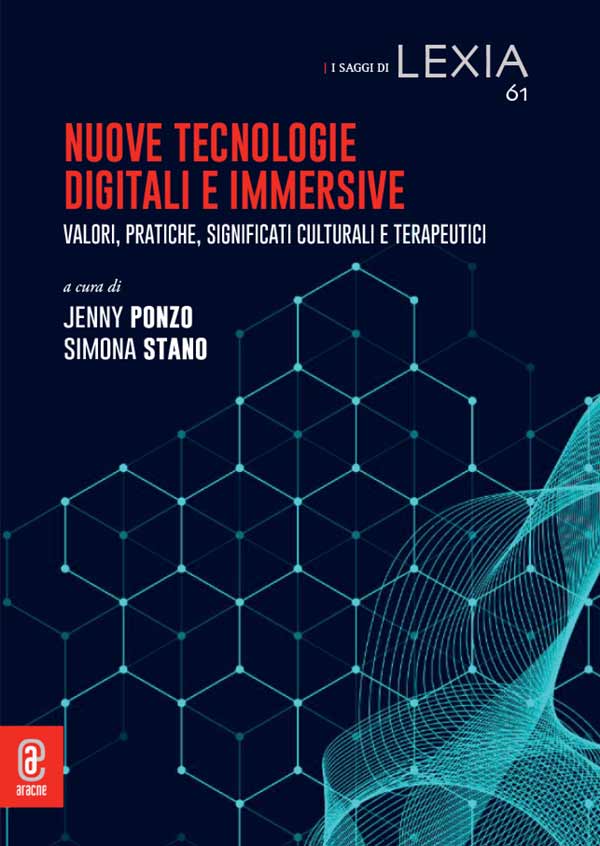DOI: 10.53136/979122181919913
Pages: 203-217
Publication date: May 2025
Publisher: Aracne
SSD:
M-FIL/05
Numerous attempts have been made to categorise the many hybrid theatrical forms in which theatre apparatus and digital media merge, as evidence of an ongoing process of remediation. These transformations have led to a redefinition of the boundaries of the theatrical phenomenon, entailing relevant implications for the concepts of presence, corporeality and liveness. In this essay we aim to investigate the impact of socio–technological mediations in theatre practices designed to generate immersive effects in the spectators, focusing on the remediation of the bodily dimension in actor–spectator interaction and the production and reception of presence phenomena. We shall attempt to examine these transformations through a semiotic perspective, referring to the concept of liveness and analysing its theoretical, cultural, and phenomenological implications in the context of digital performance. The pervasiveness of digital technology is increasingly applied to every sphere of culture. In this scenario, the theatrical phenomenon has also been opening to new languages. The nowness of the interaction is no longer what matters most, but it is the potentiality of the implication that is prominent in the eventness of the performance. The fact that the spectator experiences something as “live”, the fact that his or her being here and now is phenomenologically decisive in the constitution of the event in which he or she partakes, is what defines the minimal kernel of what he or she recognises as “theatre”. Finally, we shall illustrate the extent to which in the case study analysed the technological VR device worn by the spectator plays a key role, as it becomes a somatic agent capable of modifying the spectator’s perception, enhancing the experience of space according to an eco–ontological approach. Visors and headphones — as prosthetic media extensions of the organism — cognitively retroact on the spectator. In fact, the prosthetic relationship that the audience engaged in the immersive experience establishes with the performative environment can be traced back to what Francesco Parisi defines as the “cognitive prosthetic effect”.


